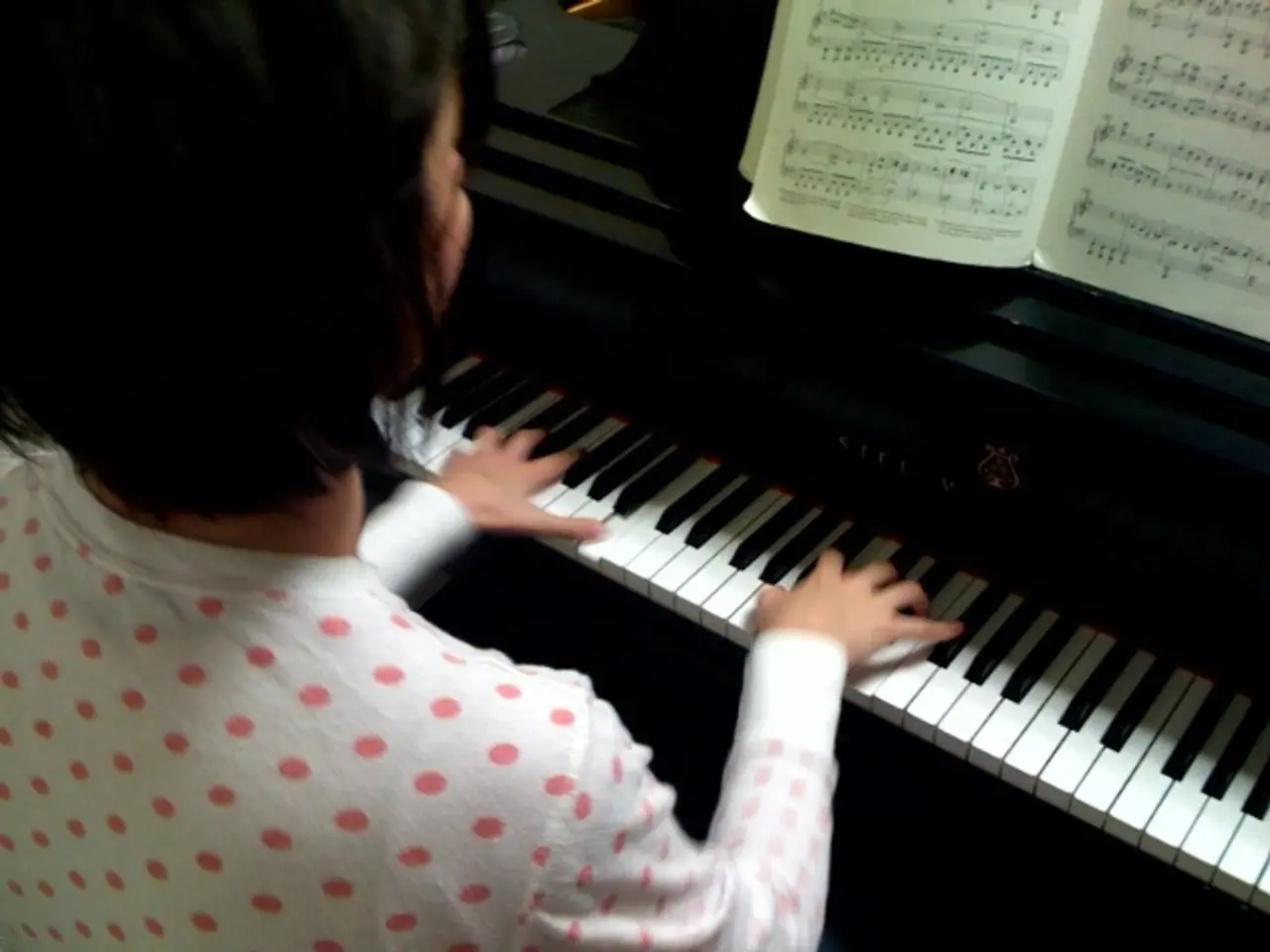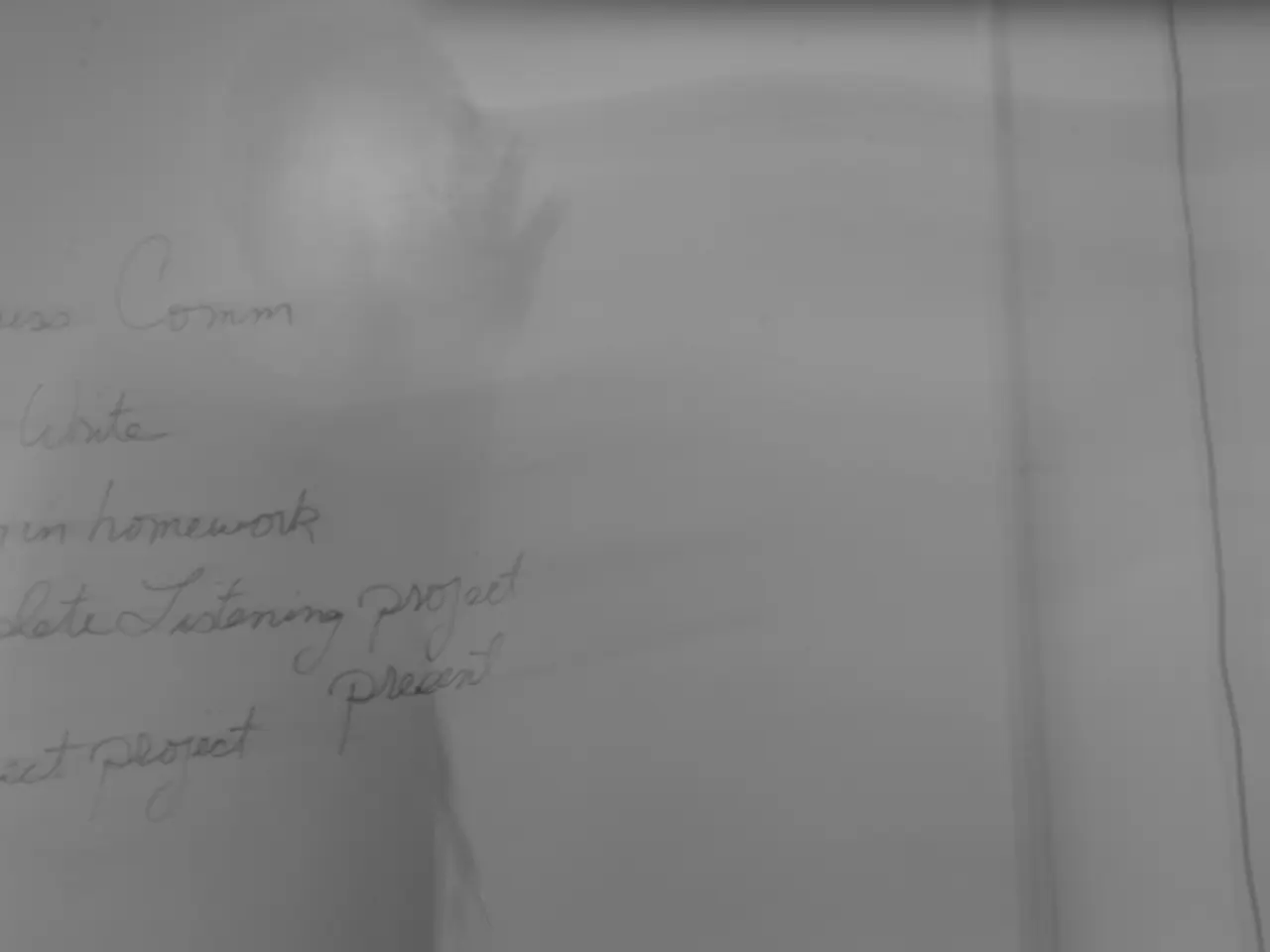Mastering the Skill of Aural Perception in Piano: Journey from Kodály to Elite Performers
In the world of music, the ear plays a pivotal role in shaping the melodies that resonate through concert halls and living rooms alike. Renowned global maestro Daniel Barenboim emphasizes this primacy, stating, "The ear must lead the hands." This principle is not just a theory, but a practice embraced by many musicians, from the world stage to the humblest of piano studios.
One such musician is Argentine pianist Bruno Gelber, who, struck by polio at the age of 7, learned piano by ear while immobilized. His story serves as a reminder that strong aural training can enable musicians to triumph over challenges. Gelber's aural skills are often noted for the singing quality of his tone and his interpretative insight.
The integration of ear training into piano pedagogy is a common practice, involving the systematic development of a student’s listening skills alongside technical piano instruction. This often includes training in pitch recognition, interval identification, rhythmic dictation, and harmonic understanding, using both aural exercises and practical keyboard applications.
In London, the ABRSM and Trinity exam boards include aural tests alongside sight-reading in graded piano exams, emphasizing the importance of listening skills. The WKMT London Approach, while not explicitly detailed in the provided sources, is believed to nurture pianists who can hear what they imagine and play what they hear.
The debate over whether to prioritize hearing or reading the music has led to a consensus among modern educators that ear training and sight-reading reinforce each other. Edwin Gordon's Music Learning Theory, from the USA, centers on audiation, the ability to hear music in your head, and emphasizes learning core musical patterns by ear before seeing notation.
The Suzuki method, from Japan, similarly advocates learning by ear first, with students listening to recordings daily and imitating before reading. Émile Jaques-Dalcroze's method, from Switzerland, connects ear, mind, and body through movement exercises and fixed-do solfège singing, aiming to physically experience musical concepts and subconsciously sharpen listening.
Carl Orff's approach, from Germany, encourages children to explore rhythms and melody with percussion and chant, treating music as a language learned by speaking and listening. Zoltán Kodály's method, used in Hungary, focuses on singing as the foundation for ear training, using folk songs, movable do solfège syllables, and Curwen hand signs.
According to London's famed piano professor Harold Craxton, "Hear it in your head before you play - otherwise you're not making music, you're just pressing keys." Many pianists trust their ear above all in the moment of performance, regarding it as the lodestar of musicianship. Martha Argerich, a legendary pianist, is known for her extraordinary musical memory, which she attributes to her strong aural skills, having played pieces by ear from a young age.
In a visual age, Barenboim urges musicians to restore the balance by reviving intense listening. As we continue to explore the power of listening in music, it becomes clear that ear training is not just a skill, but a vital aspect of piano education. It aids in confident sight-reading, expressive playing, and even the rapid learning of prodigies. For those seeking to elevate their piano playing through aural training, booking a trial piano lesson with WKMT London may be the first step towards a more harmonious musical journey.
- For beginners and advanced pianists alike, intense listening is crucial in developing exceptional aural skills, as emphasized by renowned composer Daniel Barenboim.
- The WKMT London Approach, while not explicitly detailed in the provided sources, is believed to nurture pianists who can hear what they imagine and play what they hear.
- Ear training reinforcements in piano pedagogy are essential to a holistic learning experience, as demonstrated by the inclusion of aural tests in graded London piano exams.
- In the world of music education and self-development, techniques like Edwin Gordon's Music Learning Theory center on audiation, the ability to hear music in your head, and emphasize learning core musical patterns by ear before seeing notation.
- The Suzuki method, derived from Japan, similarly advocates learning by ear first, demonstrating the significance of ear training not just for concert hall performances, but in home-and-garden settings as well, making it an integral part of one's lifestyle and entertainment experience.




